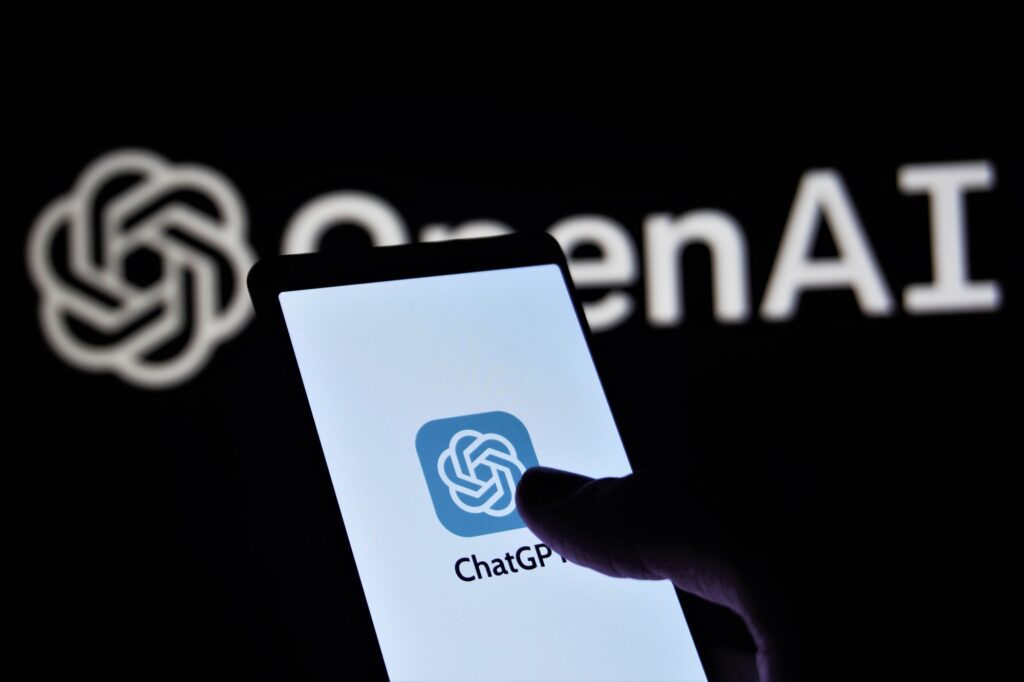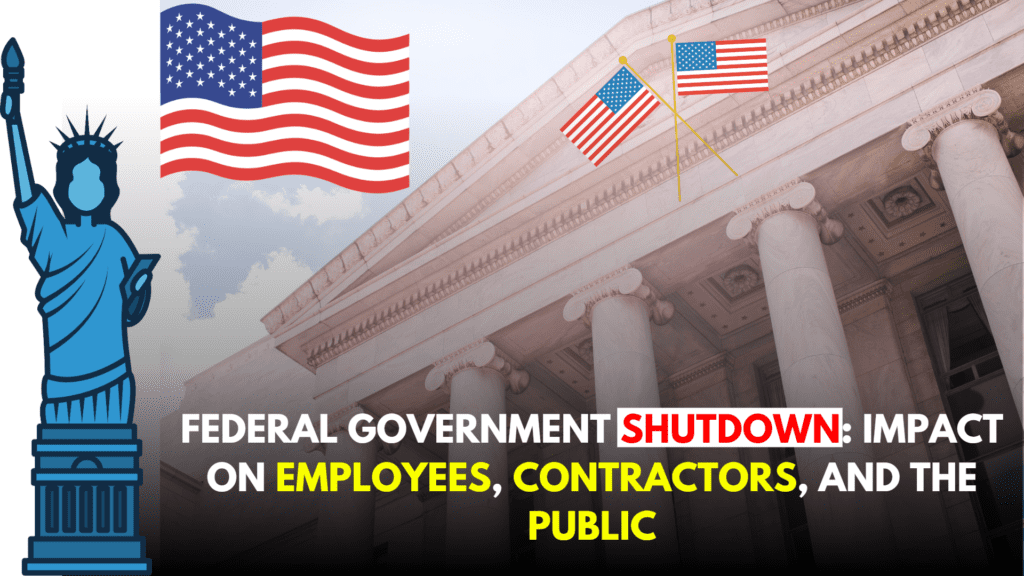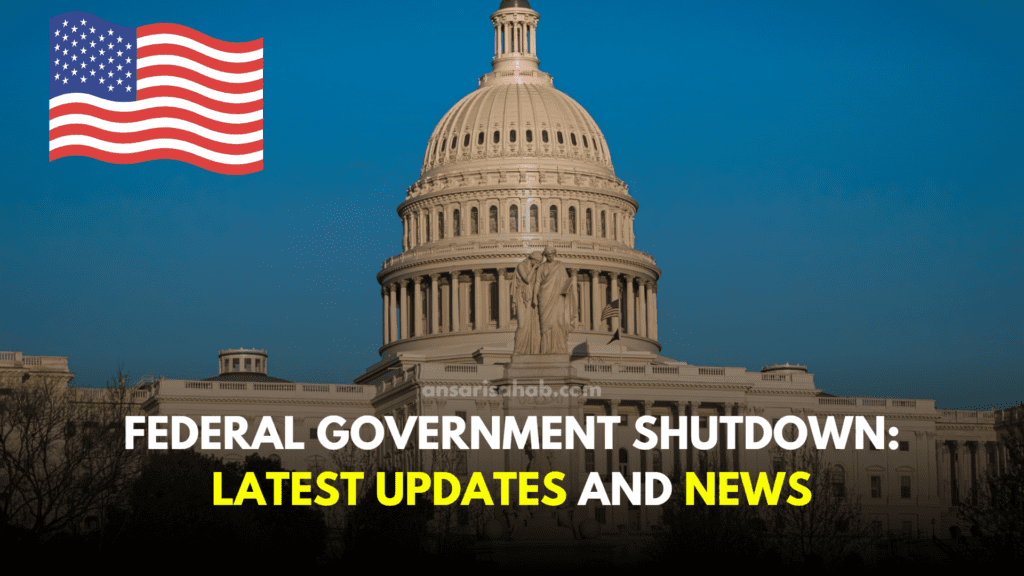In the rapidly evolving world of tech, few names command the same respect and scale as Microsoft. As of mid-2025, Microsoft has made headlines once again—not just for its soaring quarterly earnings, but also for its aggressive investments in artificial intelligence (AI), cloud infrastructure, and developer ecosystems.
This year, Microsoft has not only outperformed Wall Street expectations, but also revealed an ambitious roadmap aimed at solidifying its dominance in AI-driven enterprise and consumer markets.
📊 Microsoft’s Earnings: Record Highs Amid Global Shifts
Microsoft’s Q2 2025 earnings report revealed a 17% year-over-year revenue increase, pushing its quarterly income to an impressive $72.4 billion. Key segments such as Azure cloud services, Office 365, LinkedIn, and Xbox subscriptions all contributed to the momentum.
Key Financial Highlights:
- Azure revenue rose 29% YoY, driven by enterprise AI deployments.
- Productivity and Business Processes brought in $21.5 billion.
- More Personal Computing, including Xbox and Windows OEM, hit $16.7 billion.
- Net income jumped 14% YoY to $24.8 billion.
This surge wasn’t just about products—it was about positioning. Microsoft’s hybrid approach of productivity tools, hardware, cloud solutions, and AI capabilities is proving to be more synergistic than ever.
💸 Microsoft’s Spending Strategy: Where the Billions Are Going
While the profits are massive, Microsoft’s spending is equally notable. The tech giant is pouring capital into multiple verticals, primarily centered around AI infrastructure, semiconductor development, and ecosystem integration.
Suggested: Microsoft salary leaked reveals high pay for employees, with top earners making over $1 million
Major Spending Areas:
1. AI Infrastructure & Data Centers
Microsoft has committed over $50 billion through 2026 to expand its AI data centers globally. These next-gen facilities are designed to power services like Azure OpenAI, Copilot, and real-time cloud inference workloads.
2. AI Chip Development (Maia & Cobalt)
In an attempt to reduce reliance on Nvidia, Microsoft unveiled its own in-house chips—Maia for AI tasks and Cobalt for general cloud computing. Billions have been allocated to R&D, testing, and rollout of these chips across Azure.
3. OpenAI Investment
Microsoft’s multi-year partnership with OpenAI continues to grow. Though the initial investment was $10 billion, newer financial structures indicate additional funding has been earmarked for OpenAI’s infrastructure, safety research, and GPT product integration.
4. Enterprise Tools & Copilot Expansion
Office 365 and Dynamics 365 now fully integrate AI-driven Copilot features. Microsoft has invested over $6 billion in UI/UX refinement and language model fine-tuning, ensuring the Copilot experience feels seamless in professional environments.
5. Sustainability and Green Energy
To power its growing data infrastructure, Microsoft is investing heavily in renewable energy, aiming for carbon-negative status by 2030. Over $3 billion has been committed to solar, wind, and nuclear partnerships.
🤖 The Future of Microsoft AI: 2025 and Beyond
Microsoft isn’t just reacting to the AI wave—it’s helping shape it.
1. AI-Powered Everything: From Word to Windows
The integration of Copilot into Windows 12 (released earlier this year) marked a significant shift in user experience. Tasks like writing emails, creating spreadsheets, setting reminders, coding, and even creative work like video editing are now AI-enhanced.
In Office apps, AI can now analyze tone, suggest legal language, rewrite content, and summarize complex documents.
2. AI Studio & Developer Tools
To support developers, Microsoft launched Azure AI Studio, which simplifies the deployment of AI agents, custom GPTs, and model fine-tuning.
This move has strengthened Microsoft’s grip over the enterprise and startup AI ecosystem, with thousands of companies now building their AI workflows using Microsoft’s tools.
3. AI Ethics and Regulation
Microsoft remains at the forefront of AI governance. With rising concerns over deepfakes, disinformation, and data misuse, the company launched AI Guardrails, an enterprise safety suite that ensures ethical AI deployment across industries.
Additionally, Microsoft is collaborating with global regulators to set standards for safe AI practices, pushing transparency and model auditability.
📈 What This Means for Investors and Businesses
Microsoft’s earnings and AI strategy aren’t just numbers on a balance sheet—they signal a shift in how businesses operate globally. With its ecosystem spanning everything from education to healthcare to manufacturing, Microsoft is effectively embedding AI into every sector.
Businesses using Microsoft services will likely:
- Benefit from AI-enhanced productivity.
- See operational costs reduced via automation.
- Tap into scalable cloud intelligence without needing in-house AI teams.
For investors, Microsoft’s long-term vision offers reassurance. Its diversified revenue, combined with strategic AI investments, gives it an edge over competitors like Google, Amazon, and even Apple (which has lagged behind in cloud-based AI).
🧠 Final Thoughts: Microsoft’s AI Bet Is Long, Strategic, and Working
Microsoft is no longer just a software company. It’s a data-driven, AI-first powerhouse redefining the tech landscape. Its 2025 earnings prove that betting on cloud, AI, and deep partnerships was the right move.
With continued investment in infrastructure, ethical frameworks, and developer tools, Microsoft isn’t just part of the AI revolution—it’s helping lead it.
📌 TL;DR:
- Microsoft Q2 2025 revenue: $72.4 billion, up 17%.
- Major investments in AI chips, infrastructure, and OpenAI.
- Copilot now deeply integrated into Office, Windows, and Dynamics.
- Azure AI Studio boosts developer adoption.
- Long-term AI vision aims to reshape enterprise productivity and computing.








